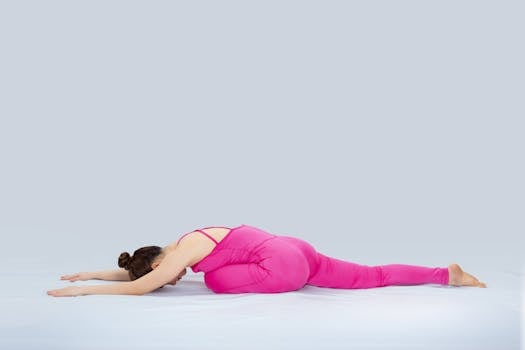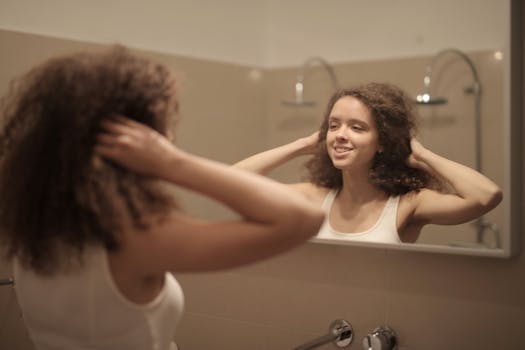
Flexibility Meets Stability: How Yoga and Pilates Complement Each Other
Flexibility Meets Stability: How Yoga and Pilates Complement Each Other. In the world of fitness and wellness, two practices have gained immense popularity in recent years: yoga and Pilates. Both practices offer numerous benefits, from improved flexibility and balance to enhanced strength and mental clarity. While they share some similarities, yoga and Pilates have distinct approaches and focuses. In this article, we’ll explore how these two practices complement each other and why incorporating both into your routine can lead to a more balanced and fulfilling life.
Understanding Yoga and Pilates
Yoga is a ancient practice that originated in India, focusing on the union of body, mind, and spirit. It involves various physical postures (asanas), breathing techniques (pranayama), and meditation to achieve a state of balance and harmony. Yoga is renowned for its ability to increase flexibility, strength, and balance, as well as reduce stress and anxiety.
Pilates, on the other hand, is a physical fitness method developed in the early 20th century by Joseph Pilates. It emphasizes core strength, body control, and movement flow, often using specialized equipment such as the Reformer or mat work. Pilates is known for its ability to improve posture, engage the core, and enhance overall physical stability.
The Benefits of Combining Yoga and Pilates
When practiced together, yoga and Pilates offer a unique synergy that can enhance the benefits of each individual practice. Here are some of the advantages of combining yoga and Pilates:
- Improved flexibility and mobility: Yoga’s emphasis on stretching and flexibility can be complemented by Pilates’ focus on strength and control, allowing for more efficient and effective movement.
- Enhanced core strength: Pilates’ core-centric approach can help stabilize the body, while yoga’s emphasis on engagement and activation can further strengthen the core muscles.
- Increased balance and coordination: The combination of yoga’s balance postures and Pilates’ emphasis on control and precision can improve overall balance and coordination.
- Reduced injury risk: By strengthening the core and improving flexibility, the combination of yoga and Pilates can help reduce the risk of injury and improve overall physical resilience.
- Improved mental clarity and focus: The mindfulness and meditation aspects of yoga can be enhanced by Pilates’ focus on concentration and control, leading to improved mental clarity and focus.
Incorporating Yoga and Pilates into Your Routine
To experience the benefits of combining yoga and Pilates, it’s essential to incorporate both practices into your routine. Here are some tips to get you started:
- Find a qualified instructor: Look for instructors who are certified in both yoga and Pilates, and have experience teaching both practices.
- Start with basics: Begin with beginner-friendly classes or workshops that introduce the fundamentals of both practices.
- Listen to your body: Honor your body’s limitations and take regular breaks to avoid injury or burnout.
- Be consistent: Aim to practice both yoga and Pilates at least 2-3 times per week, with a minimum of 30 minutes per session.
- Explore various styles: Experiment with different yoga and Pilates styles, such as Hatha, Vinyasa, or Restorative yoga, and mat work or Reformer Pilates, to find what works best for you.
Conclusion
In conclusion, combining yoga and Pilates offers a holistic approach to fitness and wellness, addressing the needs of both body and mind. By incorporating both practices into your routine, you can experience improved flexibility, strength, balance, and mental clarity. Whether you’re a seasoned practitioner or just starting out, the synergy of yoga and Pilates can help you achieve a more balanced, stable, and fulfilling life.
See more:
https://www.yogaalliance.org/
https://www.pilatesmethodalliance.org/
https://www.mayoclinic.org/healthy-lifestyle/fitness/expert-answers/pilates/faq-20436795





